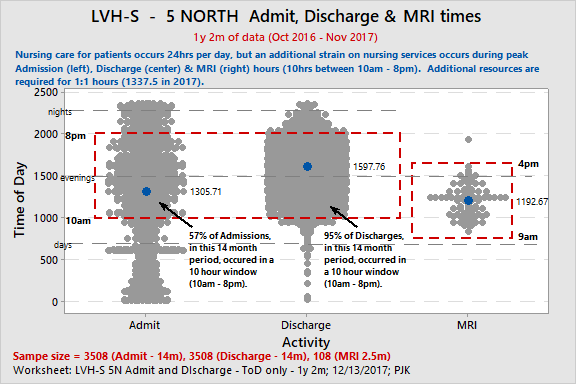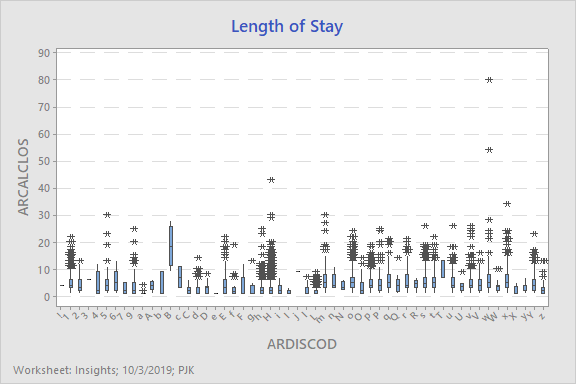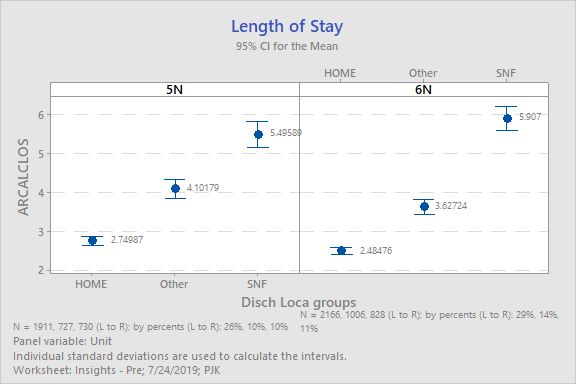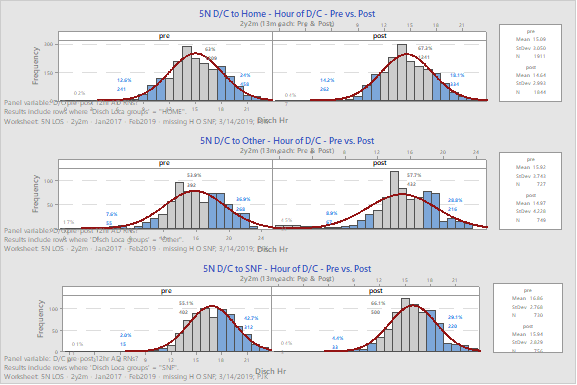
Lehigh Valley Health Network (LVHN) has achieved Quality Milestones throughout its 100+ year history. Its quality journey has recently added Lean Six Sigma tools and Minitab statistical analysis software to help achieve improvements with patient-centered care.
A project team including the Chief Medical Officer, VP of Patient Care Services, Director of Care Management, Director of Medical Surgical Services, two units’ Nurse Managers, front-line unit nurses, Care Management staff and a Black Belt from the Organizational Effectiveness team used Minitab in their improvement effort.
The Challenge
Two adjacent hospitals merged and grew patient volume by 40% on their Medical/Surgical and Cardiac units. To manage the increase, the project team at LVHN investigated opportunities to improve patient flow and staff satisfaction. About 550 patients per month were being discharged between the two units.
How Minitab Helped

The Challenge
Two adjacent hospitals merged and grew patient volume by 40% on their Medical/Surgical and Cardiac units.
Products Used
Minitab® Statistical Software
How Minitab Helped
With a Minitab Dotplot visualizing their data, the project team discovered 95% of discharges and 57% of admissions happened in the same 10-hour window. They were able to use Recoding to simplify the visualizations and decide on improvement efforts and track them using Minitab graphs, including the Histogram as the primary visual method to keep track of progress.
Results
Nursing management deployed two nurses to solely assist on admissions and discharges, allowing admissions and discharges to take place earlier for patients. Over a 13-month period, the Admission/Discharge RNs performed 30% of all admissions and discharges on two units.







